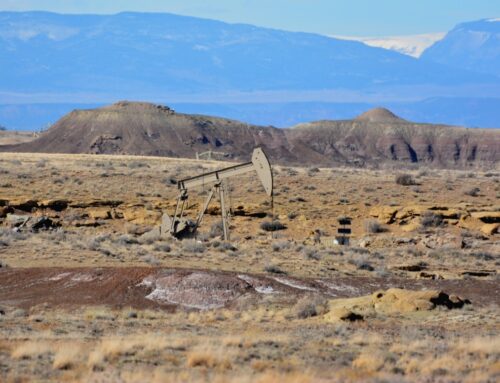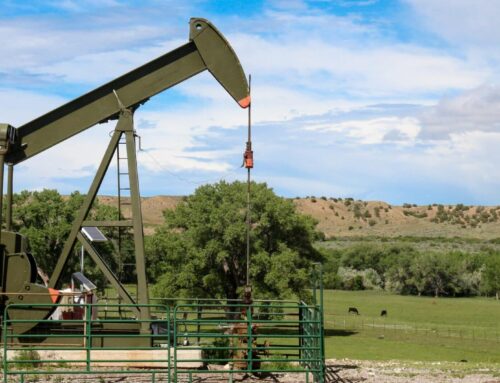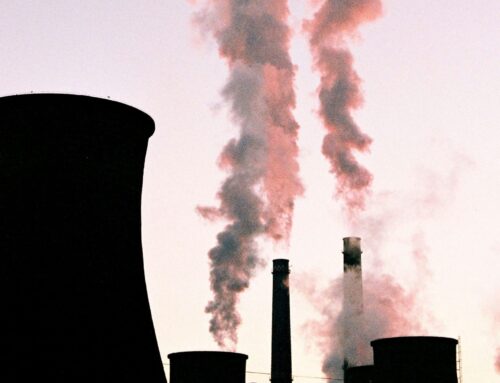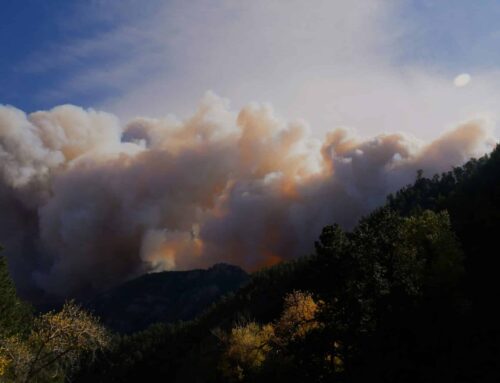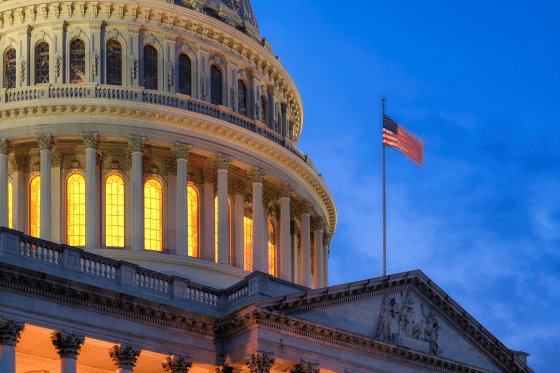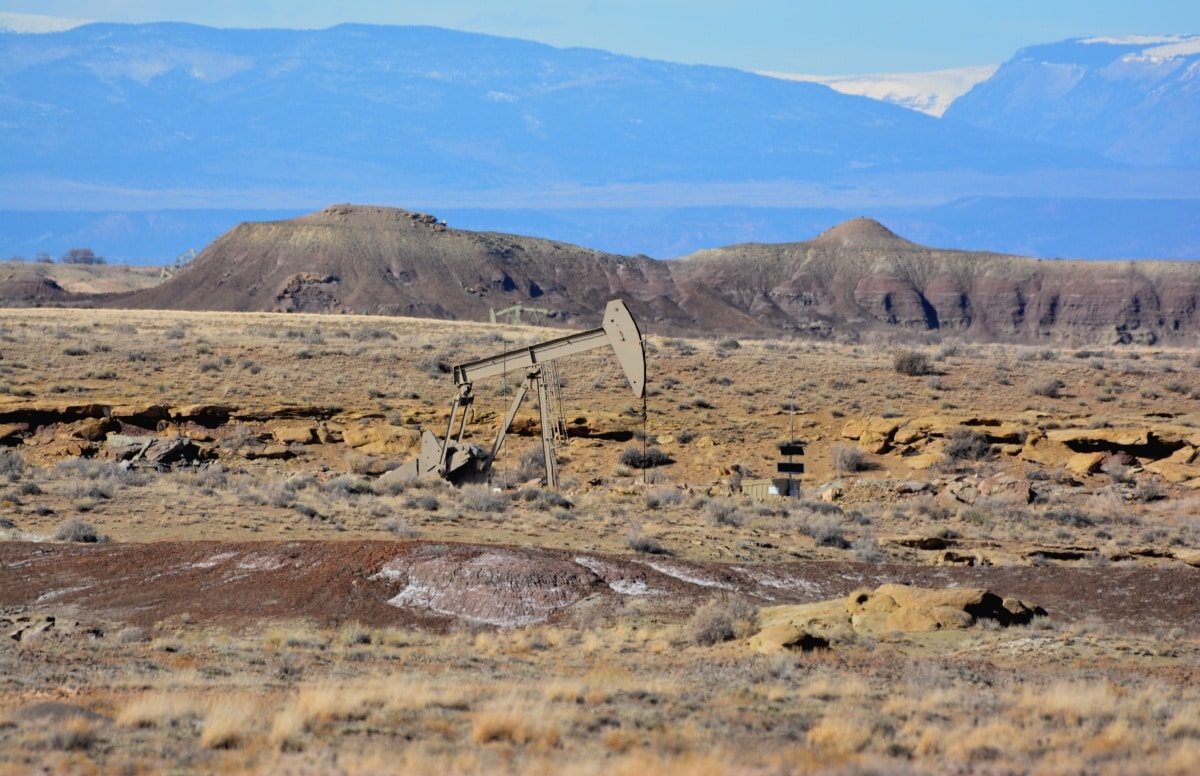With wildfires growing more destructive and costly, now should be the time for smarter, science-driven wildfire policy. Instead, Congress and the administration are dragging us back to outdated, suppression-first doctrines—ignoring decades of land management reform and setting taxpayers up for a more expensive future.
At the center of this shift is H.R. 178, the Put Out The Fire Act. The bill would require the Forest Service to extinguish any wildfire within 24 hours of detection on drought-affected or high-risk National Forest lands. It also clamps down on prescribed burns and restricts the agency's discretion to initiate backburns—tools supported by a broad consensus of fire scientists and land managers.
The White House's new wildfire executive order similarly doubles down on the wrong lessons. Signed June 12, it's billed as "commonsense reform" but mostly weakens federal oversight. It pushes agencies like the EPA to relax environmental rules around prescribed burns and fire retardants—even if that means suspending air quality protections. It shifts more responsibility to states and local governments without offering new funding or guardrails. And it tells federal land managers to fast-track vegetation projects, including commercial logging and salvage operations, under the banner of wildfire prevention.
To fully grasp what's wrong with today's suppression-first policies, it helps to remember we've tried this before. The infamous "10 a.m. Policy"—adopted by the U.S. Forest Service in 1935—required all wildfires to be extinguished by 10 a.m. the day after detection. Born in the shadow of the catastrophic 1910 "Big Burn," it made wildfire suppression a rigid mandate rather than a strategic tool. For decades, fire was treated as a threat to be eliminated at all costs, even in remote, unpopulated wilderness. The results were predictable: ballooning suppression budgets, degraded ecosystems, and forests choked with decades of accumulated fuel.
By the late 1970s, this approach had collapsed under its own weight—scientifically, ecologically, and fiscally. The Forest Service formally abandoned the 10 a.m. Policy in 1978 in favor of more flexible, ecologically informed fire management. But now, with H.R. 178 and the President's executive order, policymakers are dusting off the worst parts of that old playbook. We know how this ends. Suppression without balance doesn't just fail to prevent catastrophe—it helps create it, while saddling taxpayers with the ever-rising cost of fighting fires that should never have grown so large in the first place.
Supporters of this failed approach point to the Dragon Bravo Fire as justification for "cutting red tape." But the real story is more complicated. Many of the ecosystems most affected by fire—like ponderosa pine forests and longleaf pine forests—depend on frequent, low-intensity fire to stay healthy. Smothering every fire, especially in remote areas, can create larger, more destructive fires later.
Decades of aggressive suppression without proactive fuel treatment have left forests overloaded with flammable debris. That's not just bad ecology—it's bad economics. Every major fire season now costs taxpayers tens of billions in suppression, disaster response, and recovery. And without better land management, those costs will only climb.
Federal agencies like the Forest Service and the National Interagency Fire Center have made progress over the years by integrating suppression with prescribed fire, mechanical thinning, and managed natural burns. These approaches take time. They require upfront investment. But they work.
The current policy direction, by contrast, attempts to simplify a complex problem with legislative mandates. What's missing is any commitment to long-term fuel management or ecological stewardship—core components of reducing wildfire risk over time. Instead, we're left with a policy that prioritizes political messaging over measurable outcomes. The result is more firefighting, less fire management, and a higher bill for taxpayers.
If policymakers are serious about protecting communities and saving money, they should be embracing—not rejecting—the strategies supported by science and experience. Wildfire response will always be part of the picture. But without prevention and mitigation, it's a losing game. The federal government can't afford to keep fighting fires the way it did fifty years ago. We've tried that. It didn't work. And doing more of the same, only faster, isn't reform—it's regression.
- By Daniel Lincoln on Unsplash

